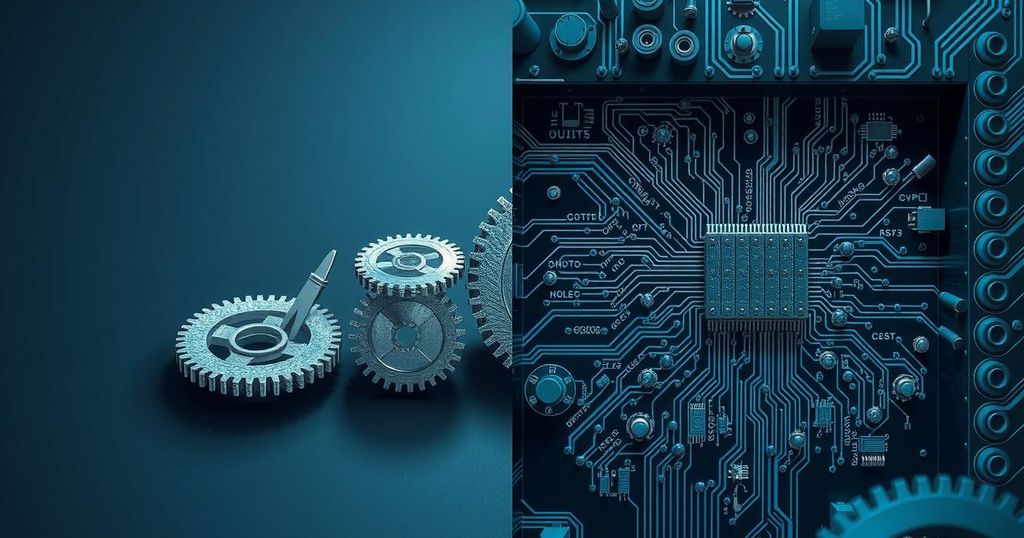Navigating the Balance: Human vs Artificial Intelligence in Retail Banking
This article discusses the contrasting roles of human intelligence versus artificial intelligence in retail banking. It highlights the importance of first impressions, the impacts of automation, and the value of human interaction. It suggests investing in experienced staff could create a better banking environment. Lastly, insights from the Vatican’s Antiqua et Nova emphasize the unique human qualities AI cannot replicate, underscoring the importance of balancing AI with human intuition.
The ongoing debate between human and artificial intelligence unveils a significant rift in how we perceive technology’s role, particularly in retail banking. While AI can swiftly deliver short-term efficiencies, experts warn these benefits may morph into long-term detriments. In the delicate realm of finance, where trust reigns supreme, such considerations are critical.
First impressions are established in mere seconds, leaving a lasting imprint that is often difficult to alter. This reality underscores the importance of financial institutions investing heavily in everything from teller lines to mobile apps. The aiming of resources towards enhancing customer interactions should be at the forefront of banking strategies.
Ironically, while high turnover rates have historically plagued front-line positions in banks, many institutions are shifting towards automation and self-service solutions. Although research supports this shift, thereby appealing to tech-savvy younger consumers, it raises the question of how much instinct should guide these technological decisions.
The significant benefits of personal interactions are evident, particularly in light of the experiences from 2020 to 2023. Banking should prioritize creating positive customer interactions, believing that investing in human intelligence alongside AI can yield better results. To maximize this approach, seasoned professionals, rather than entry-level staff, should occupy front-line roles, enhancing customer experience through expertise and strong communication.
Imagining banks as vibrant branches complete with knowledgeable staff melds tradition with modernity. Such a design not only fosters human connection but also embraces necessary technological advancements. Even smaller financial institutions exemplify this model, wearing multiple hats and attaining growth through this hybrid approach.
An unexpected testament to the value of human intuition comes from the Vatican’s document, Antiqua et Nova, which explores the interface between human experience and artificial intelligence. It states that while AI boasts impressive capabilities, it cannot replicate our innate human qualities such as intuition and empathy. Therefore, as we further integrate artificial intelligence into our banking systems, we must not overlook the essence of human touch that builds trust and connection.
In exploring the relationship between human and artificial intelligence, it’s clear that striking a balance is essential, particularly in the intricate landscape of banking. While AI offers appealing efficiencies, true success relies heavily on human interaction and connection. As the need for trust remains a necessity, investing in experienced personnel alongside technology may pave the way for a brighter, more empathetic future in finance.
Original Source: www.cuinsight.com




Post Comment